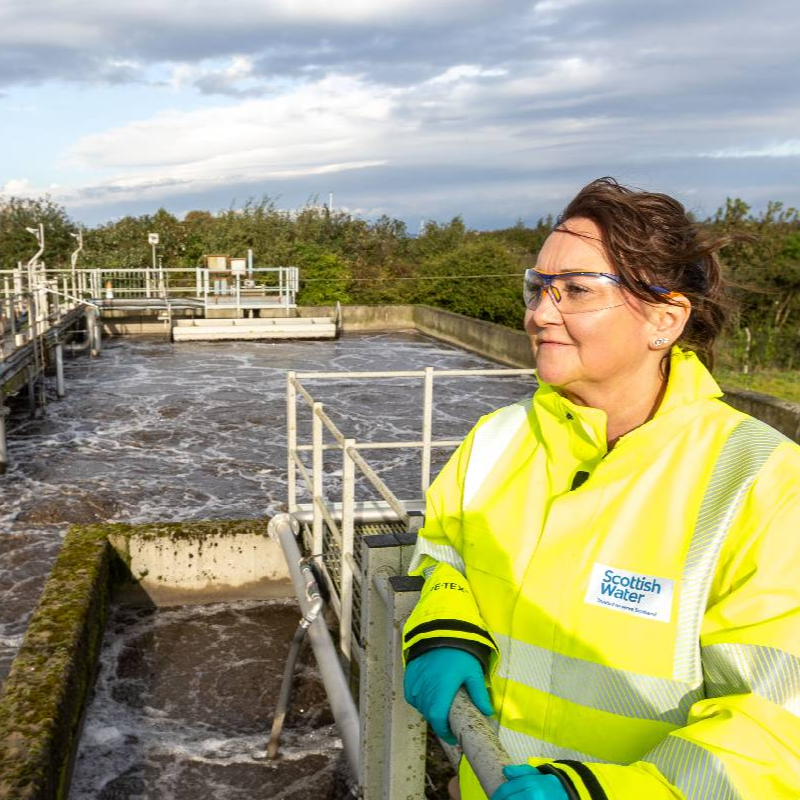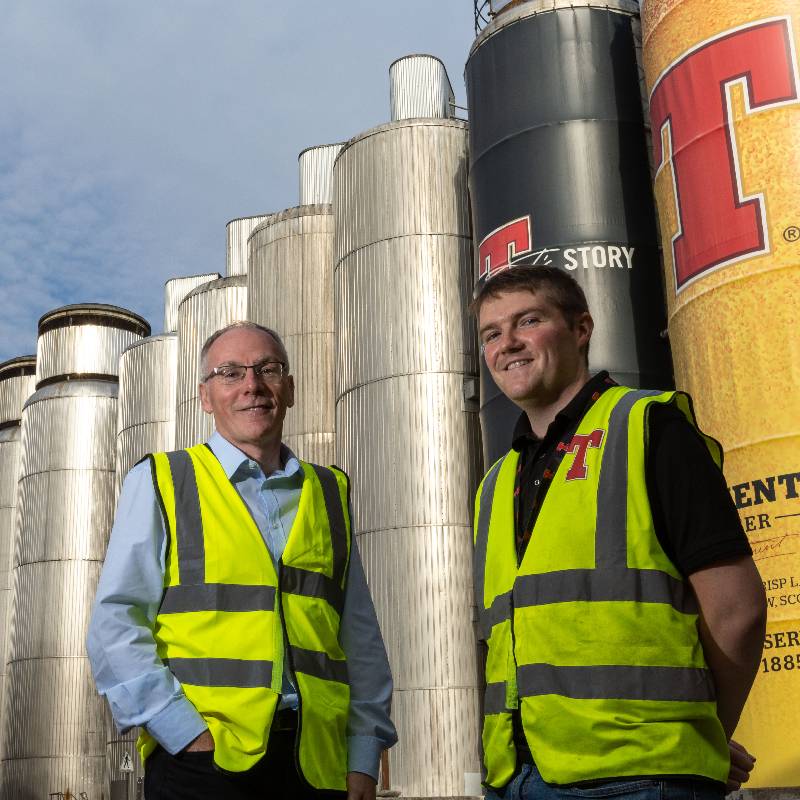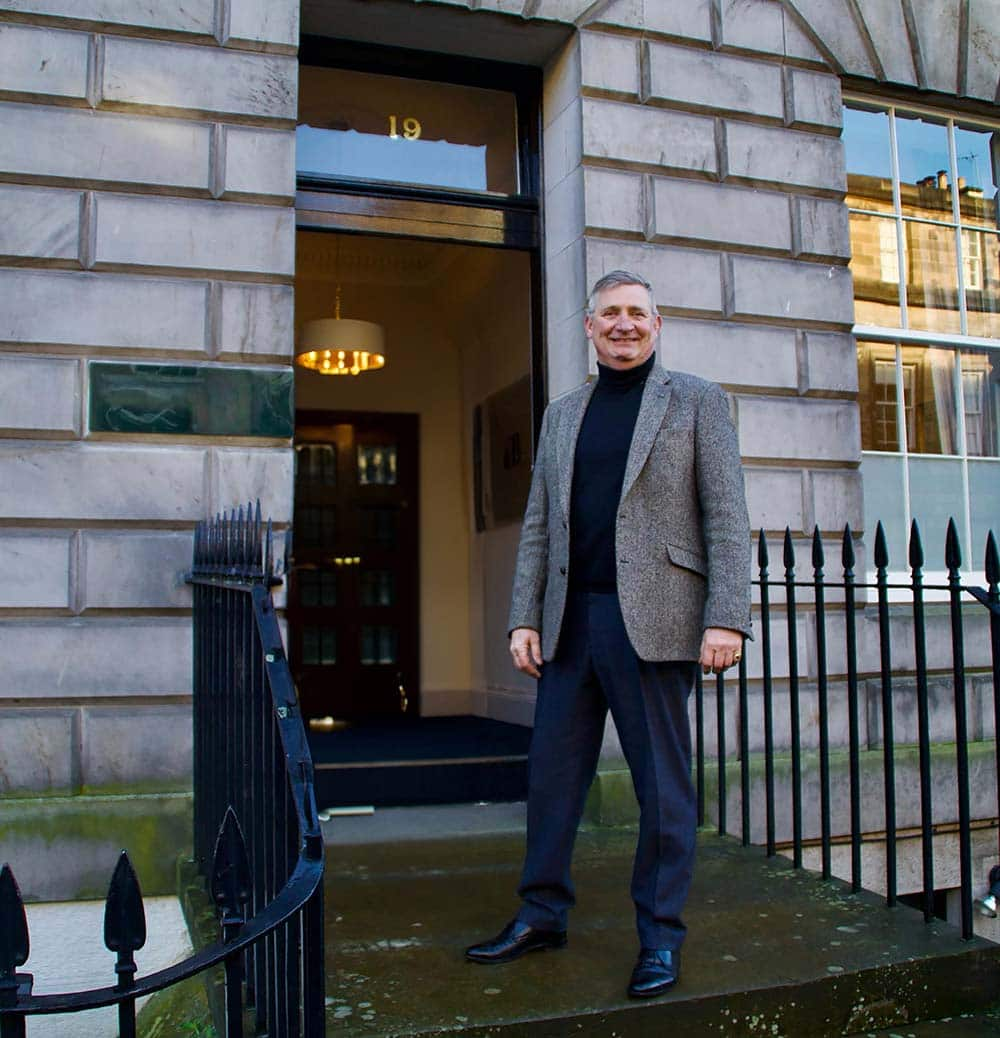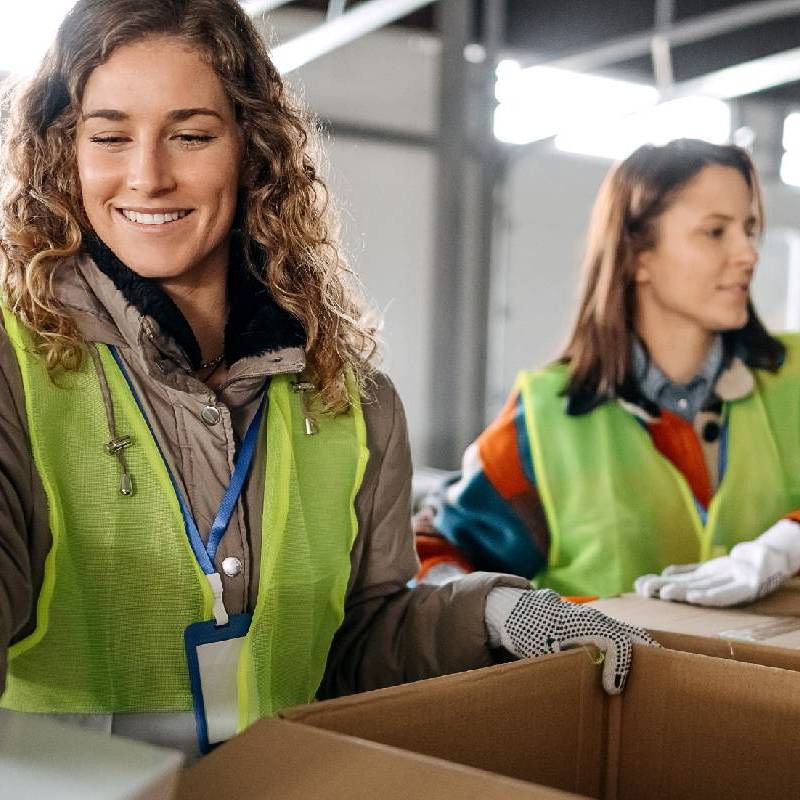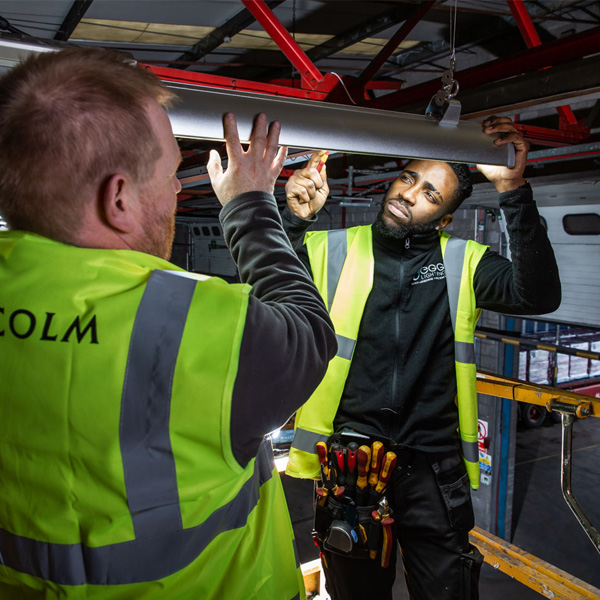
EGG LIGHTING
The journey to circular.
EGG Lighting produce sensor-led intelligent lighting solutions. Their first step towards a circular model was reducing energy consumption by helping clients move from fluorescent lighting to energy efficient LED Lighting and smart sensor technology. They found an opportunity to streamline things even further by helping to reduce waste.

How can a lighting solutions company run on a circular model?
EGG operate with both a products-as-a-service (PAAS) and circular design model. “The simple premise is – we design light fittings that last as long as buildings,” explains Managing Director, Brian O’Reilly. Rather than owning the fittings and bulbs themselves, customers pay EGG for a smart, energy-saving lighting service.
This shift has taken operations from linear to circular. When a light needs to be repaired, instead of the entire unit being disposed of, EGG simply replenish the part of the unit that needs to be replaced, which means less waste. “Our business is focused on reduction – keeping the product in the market as long as we possibly can,” says Brian.
When a fixture does eventually reach the end of its life, EGG will refurbish it, which puts it back into the lifecycle. “One of the key things we offer from a sales point of view is that we will buy the product back,” says Brian. “We’re very well-placed to refurbish it and replace it, and want that to be a key feature.”
What’s in it for customers?
Along with the cost-saving benefits of using less energy, customers benefit from the latest lighting developments. When new technology becomes available, light fittings can be upgraded with ease.
In addition, repairs are super-efficient. “If a customer has a faulty light that needs to be repaired within 24 hours, the software tells us the exact problem, so we don’t need to go to the site to test it,” explains Brian. “We just go along with the right component, which can be replaced within a matter of minutes.”
What have been some of the key business benefits so far?
Security.
“As an SME, generating fixed monthly incomes and entering into three to five-year contracts with your customers creates a steadier business – and a more valuable business for investors,” says Brian. Plus, if you’re the kind of business that likes to make a difference, going circular tends to offer that opportunity. Brian explains, “We got involved with LEDs as we thought they could help reduce people’s energy consumption…
Rather than just wait for the waste to happen, we thought we would stay proactive.”
What were the biggest challenges of moving to a circular model?
“We want to build products that last longer, whereas the whole LED industry seems to be geared towards building products that have a very fixed ‘end-of-life’,” says Brian.
This means selling customers light fittings that could be three times more expensive than what they’re used to – but are more cost-effective in the long run, as they last longer. “Overcoming that was one of our biggest challenges,” says Brian. “We decided that we could add a lot of value here though, through the technology.”
What role has technology played?
“Technology is a big enabler for circular,” says Brian. “We can track the entire history of the product [...] You can scan the product and find out what’s wrong with it – for example, if it needs a new battery, or the LED has blown. You can do the whole diagnosis.”
Asset management is also a huge part of EGG’s offering. Tags are attached to assets so the actions of tagged facilities management workers can be monitored.
There’s smart lighting too. “What you can’t measure, you can’t manage,” continues Brian. “This applies in our business – especially when we want to know how long a product has been in use, when it’s due an upgrade, or whether it’s been sat in a cupboard out of use. We work out how customers can get the biggest bang for their buck when it comes to efficiency.”
What support did Zero Waste Scotland offer in your shift to circular?
“They helped us in three ways:
- They helped us validate what we thought in theory;
- They allowed us an opportunity to prove that we could deliver the type of technology that supports a circular economy;
- They opened us up to the circular community.”

Did anything surprise you along the way?
“I was surprised by the fact there’s so many like-minded people. There’s quite a big support network".
Do you have any words of wisdom for businesses considering going circular?
“Try and appreciate that consumers want the latest technology. We’ve got this love affair with technology and we always want the latest and the best because it brings new benefits and features with it. It’s about trying to get the balance between making it circular, but also allowing this love affair to exist.”

